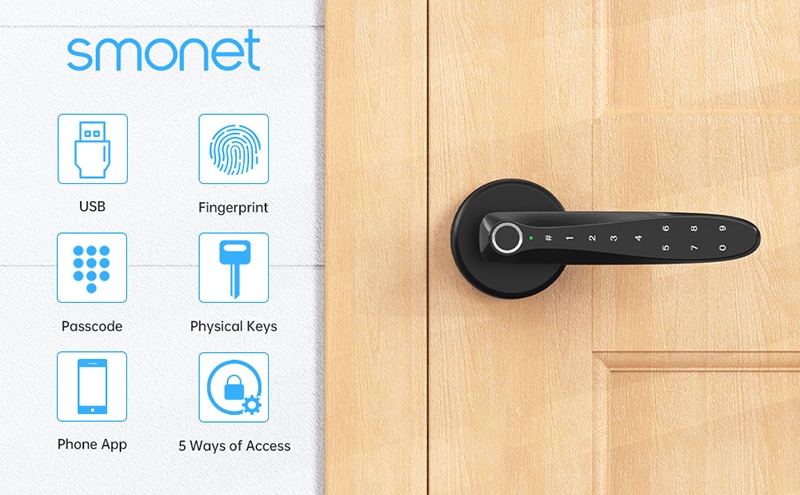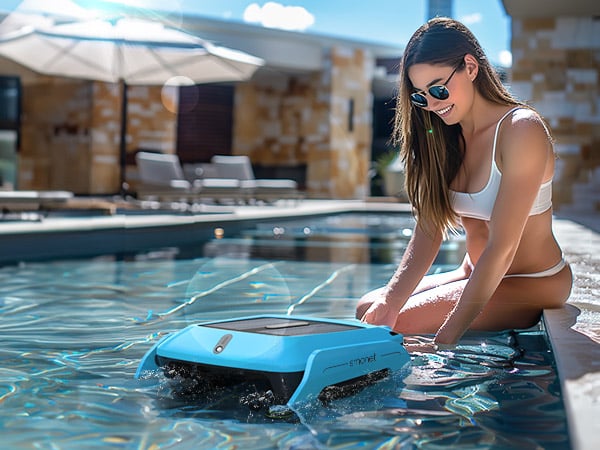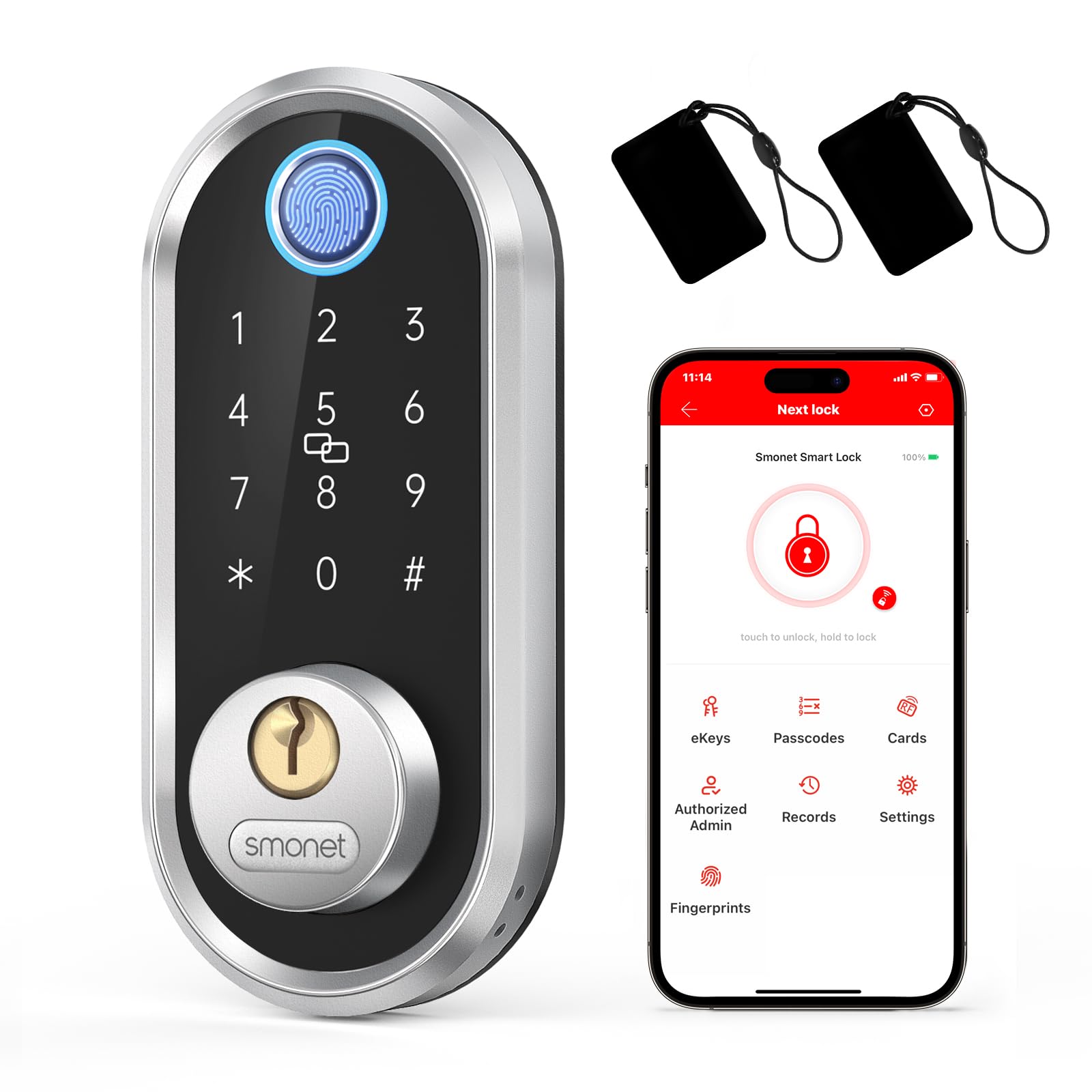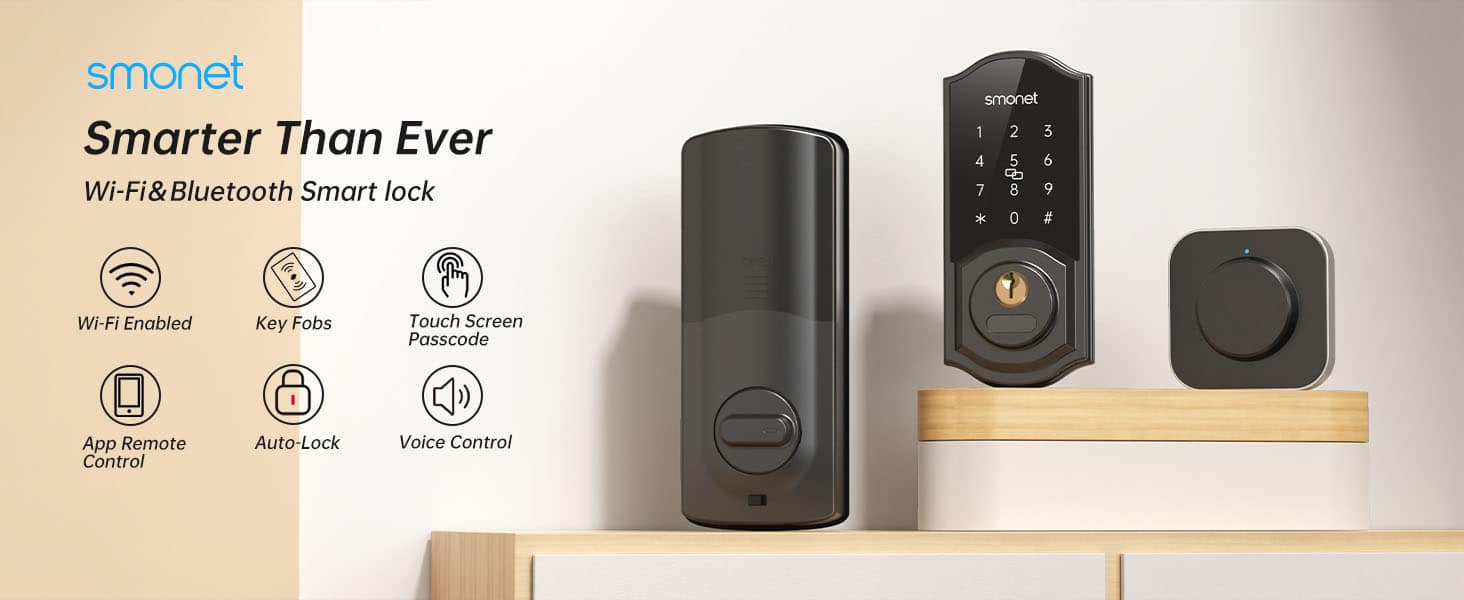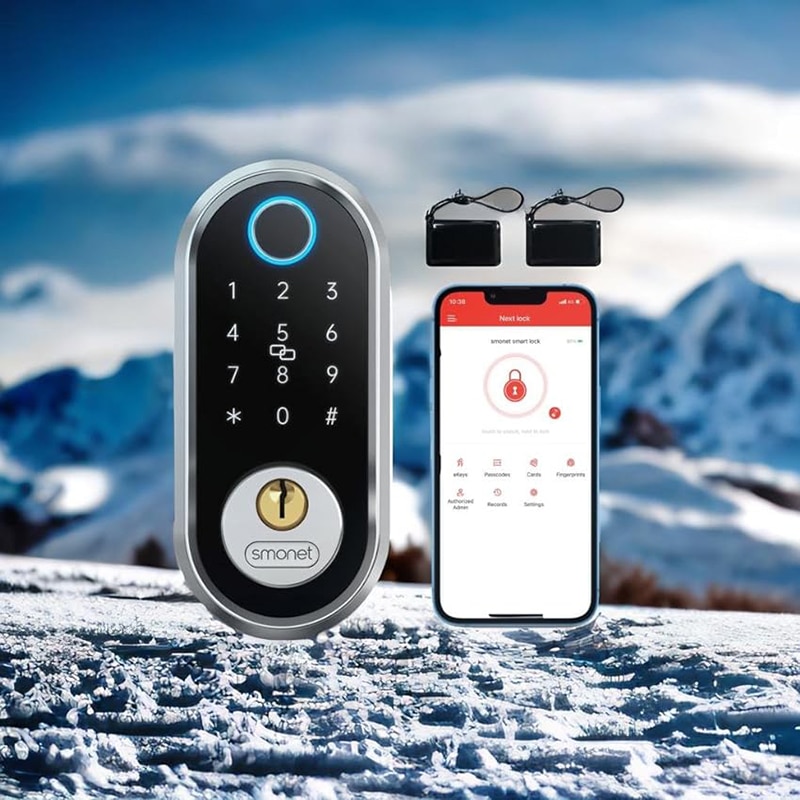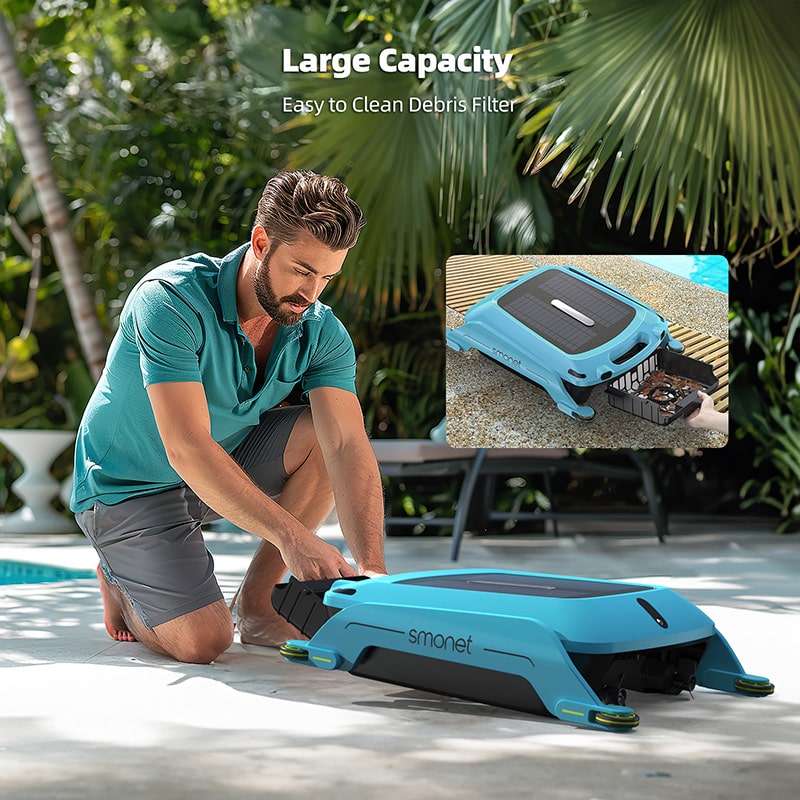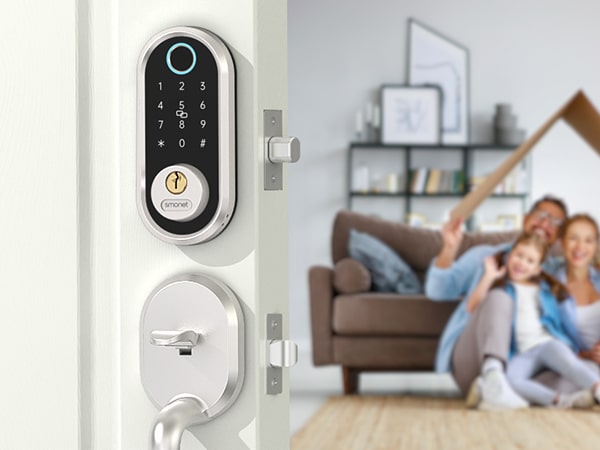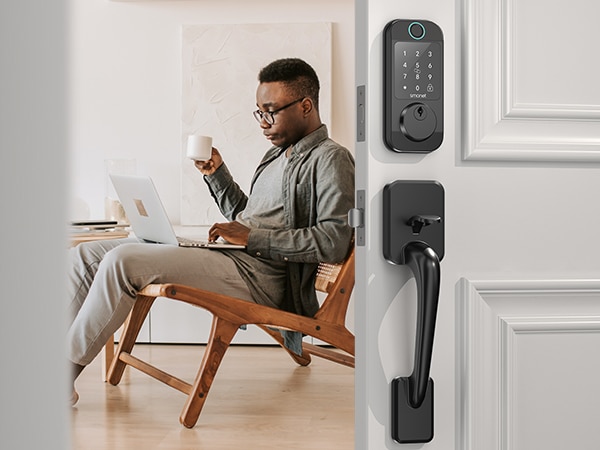Exploring Options for Home Safety: Choosing the fingerprint door lock system
Ensuring your home’s safety involves several aspects, one of which includes choosing the System.
Each lock variant offers unique benefits, and this guide will provide insights into these benefits and answer common questions regarding fingerprint door lock system.
Understanding How digital fingerprint door lock Work
An electronic fingerprint door lock is a prevalent type of lock found in residential properties. They are typically installed on the doors of bedrooms, bathrooms, and other internal doors. Occasionally, you might also find a fingerprint lock on the front door, although it should be used alongside a more secure lock like a deadbolt for enhanced security.
In fingerprint locks, the lock mechanism is incorporated into the fingerprint itself. These could either be a single or double-cylinder setup, determined by whether the lock is required on one or both sides of the door. With the single-cylinder model, you can only lock the door from the outside, while a double cylinder allows you to lock the door from both the inside and the outside.
Should You Choose a Key or Keypad Lock?
When selecting a new door lock, you might be torn between a traditional key lock fingerprint and a keypad lock fingerprint. Both options have their unique benefits, ultimately boiling down to convenience and security.
With a traditional key system, you need to keep the keys in a handy location, with spare keys placed elsewhere for safety. On the other hand, a keypad system eliminates the need to remember where you’ve kept your keys. Remembering your access code is all you need for a worry-free locking system.
An automatic fingerprint door lock generally boasts a modern and high-tech appearance. You might contemplate switching to this system if you’re leaning towards a smart home setup with enhanced security features. A KidCo fingerprint lock could also be a stellar choice to restrict children from accessing specific rooms.
Commonly Asked Questions:
Here, we answer some frequently asked questions about fingerprint locks.
How Do You Repair a fingerprint That Won't Lock?
Several issues can cause your fingerprint not to lock— it could be loose, jammed, stuck, or frozen. We can repair a loose lockset by adjusting the lockset position and then tightening the screws. For a slow or frozen fingerprint lock, we might need to use a lock de-icer, lubricate the lock, or replace the fingerprint lock entirely if the internal system is damaged.
How Do You Open a Locked fingerprint?
Sometimes, you could get trapped on one side of a locked door. The only option is to wait for someone on the other side to open it or use a thin screwdriver or paperclip to manipulate the lock through a small hole in the fingerprint.
While we do not advocate picking locks, it can come in handy if you need to access a room and you’ve lost your key or your keyless system is malfunctioning. You’d need a tension wrench and a lock pick.
Prime Day OFF
Until the End
-
Master Of Cleanliness: Visual Guide To Recognizing And Understanding Your Electric Pool Cleaners
-
Making the Right Choice for A Best Keypad Door Lock: A Guide Based on Material Consideration
-
The 7 Most Common Types of Locks for Home and Office Security
-
Door Knob With Fingerprint Identification- The Future Of Home Security
-
Selecting the Ideal Digital Door Lock Style and Color for Your Abode
-
Evolution Of Security- Smart Door Key Lock
-
Mailbox Digital Lock- Reinventing Mail Security In The Digital Age
-
Exploring Alternative Unlocking Solutions - Smart Lock Fingerprint Cards and Wristbands
-
Touch Id Door Locks- Next-Generation Security At Your Fingertips
-
Smonet Home Door Lock- The Future Of Home Security


